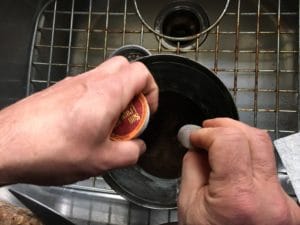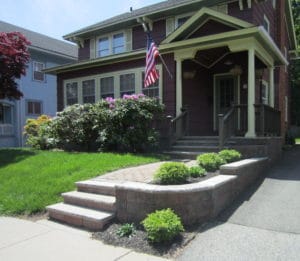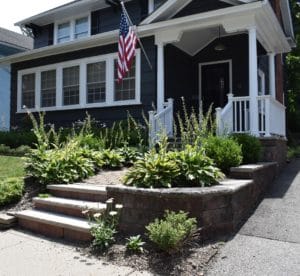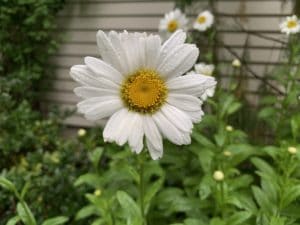Hello Fellow Readers,
Chris from Morristown, NJ, wrote in, “My small Shasta daisies didn’t survive the winter, so I’ll have to choose another variety. Also, the holly is on a lifeline right now. I’m upset because it was doing well.”
Chris is a hardcore DIYer who did an extraordinary job implementing a front garden design I planned with him a few years back. Most of his garden is doing magnificently. We’ve talked before how the last two seasons of far above average rains have been particularly hard on evergreens and dry-loving perennials like lavender and Shasta’s. Though, during dryer times, another client shared their dwarf Shasta ‘Snowcap’ died back. Perhaps they aren’t as hardy here as the standard sized ones. I suggested Leucanthemum × superbum ‘Becky,’ the three-foot-tall classic white petaled daisy with sunny yellow centers. Hardy in zone 5-9, they thrive in full sun but can take part shade. And, best of all, they are not a fav of deer or rabbits, they attract butterflies, and can tolerate drought.
His Dragon Lady Holly (Ilex × aquipernyi ‘Meschick’, hardy zone 6-8) is almost leafless though trying to make a comeback with new shoots emerging. While charts say we are a zone 6, we’re more a 5B. So only plant this narrow and tall dark-leaved evergreen beauty in a microclimate area – a fancy of way of saying where protected from winds – in full sun or part shade.
Chris said he’s sprinkling coffee grounds around his plants weekly to help fertilize them. It’s an idea inspired by the bags of used grounds Starbucks offers for free.
Hollies like acidic soil, and while unused coffee grounds are acidic, used ones have a neutral pH. I suggested an acidic fertilizer such as Holly-tone or Pro-Holly, though now is not the right time. Rutgers University suggests fertilizing shrubs that have been planted for over a year in late November after they are dormant. Otherwise, you can further stress the plant.
 Its admirable the coffee giant is keeping grounds out of landfills. But the thing is, used coffee grounds aren’t rich with nutrients as a standalone. They do however add nitrogen when mixed in your compost pile which must have a combination of both brown and green matter.
Its admirable the coffee giant is keeping grounds out of landfills. But the thing is, used coffee grounds aren’t rich with nutrients as a standalone. They do however add nitrogen when mixed in your compost pile which must have a combination of both brown and green matter.
Dry brown material such as dry leaves, corn stalks, straw, and wood chips provide the carbon, volume, and airflow to your compost pile. The green stuff, often green but not always, such as coffee grounds, tea bags, grass clippings, and food scraps is what adds the nitrogen to the mix. Avoid meat, dairy, and high-fat foods like dressing and peanut butter, which attracts critters and smells terrible when they decompose. Crush eggshells otherwise they’ll decompose too slowly. The ratio should be about 4-parts brown to 1-part green to assure your pile will heat up and break down to a nutrient-rich soil-like bounty without smelling bad.
They say grounds scattered around plants will deter slugs as well as aphids, even neighborhood cats who may mistake your garden as a litter box. Which may explain why there were no holes in the Hosta. And, lucky Chris, who lives in the town center, doesn’t have to contend with deer either who won’t turn down a Hosta salad. Garden Dilemmas? AskMaryStone@gmail.com
Previous Columns for more about Coffee Grounds for your Garden and a Smiling Cup of Joe





